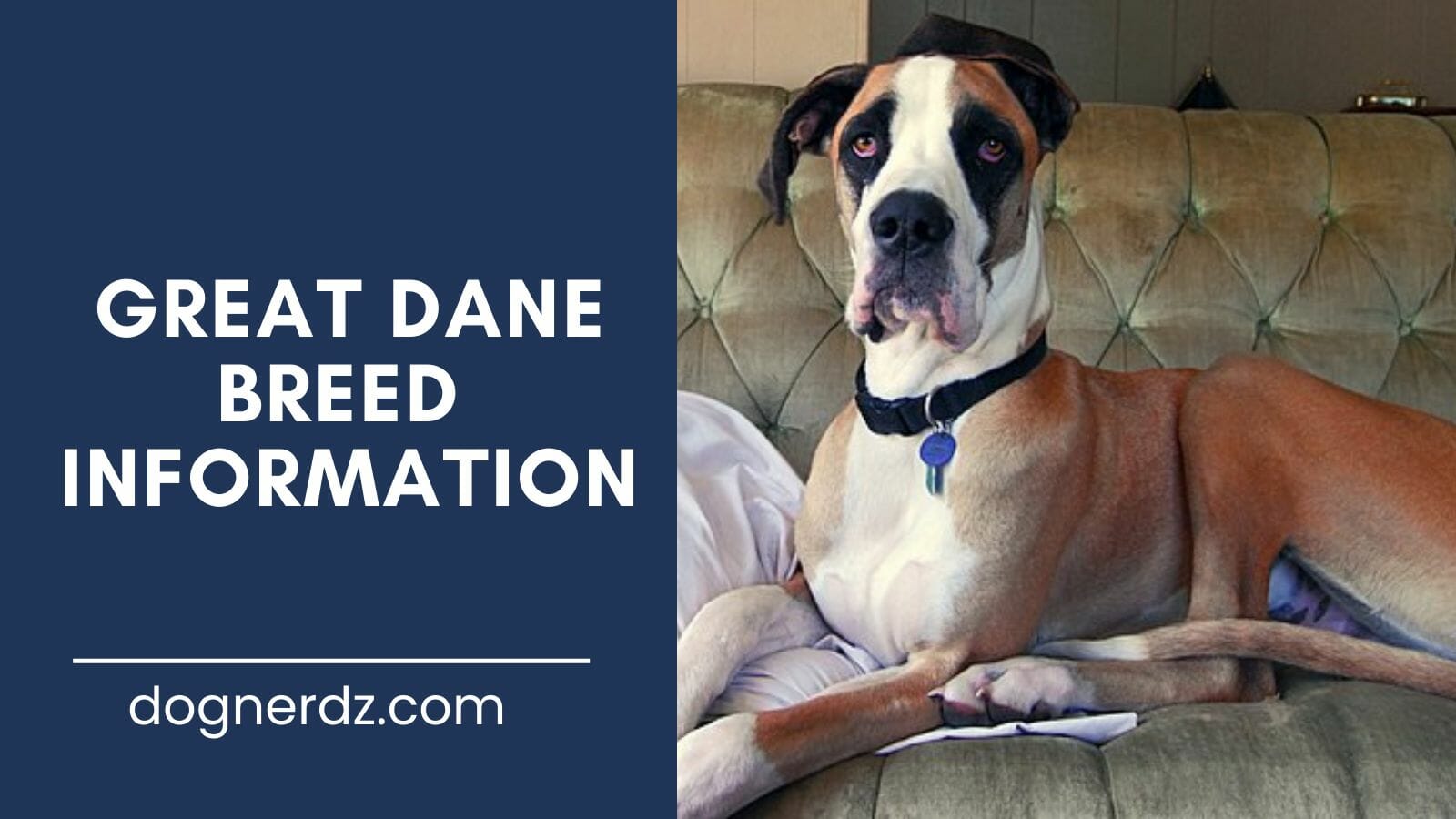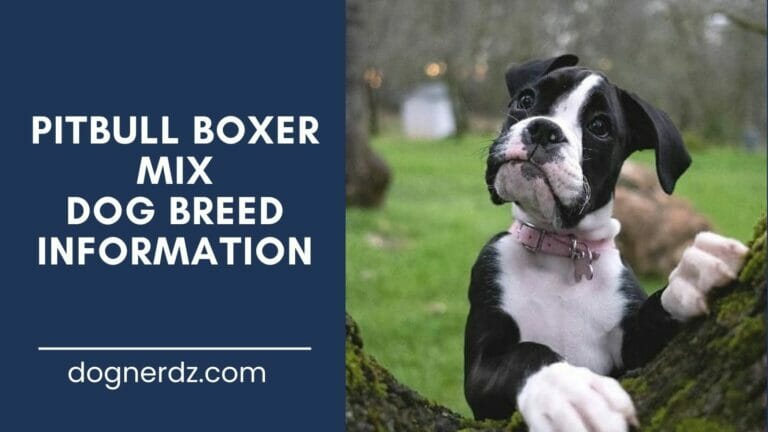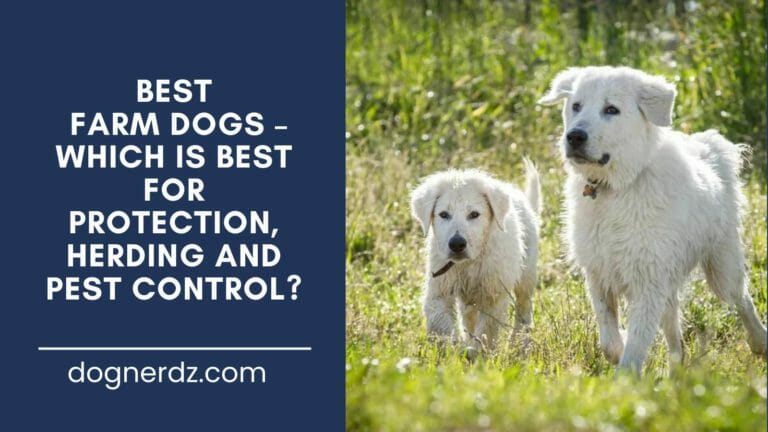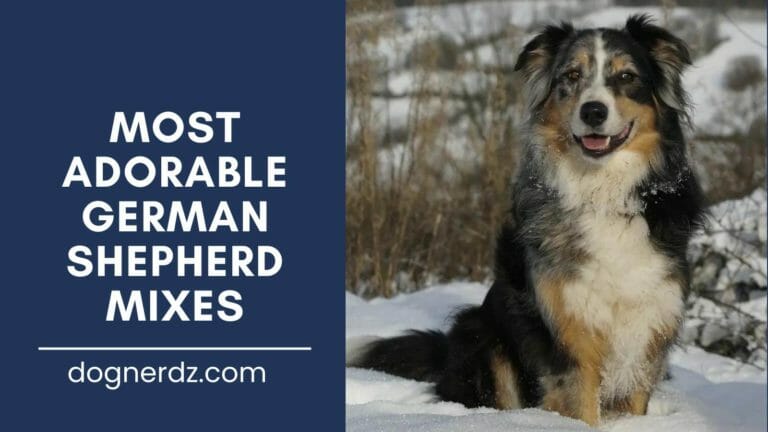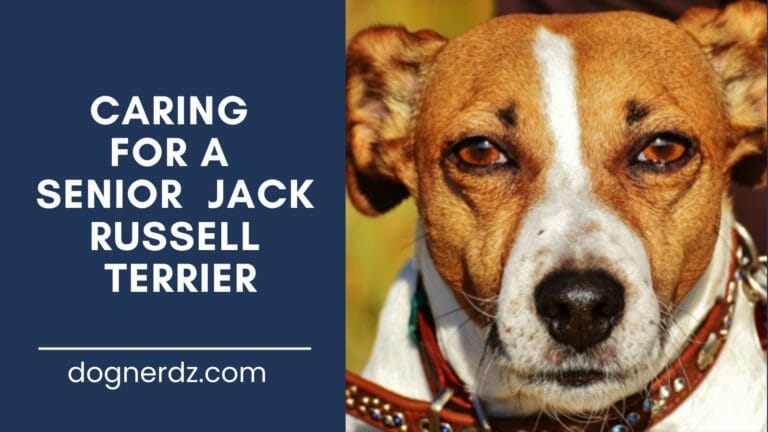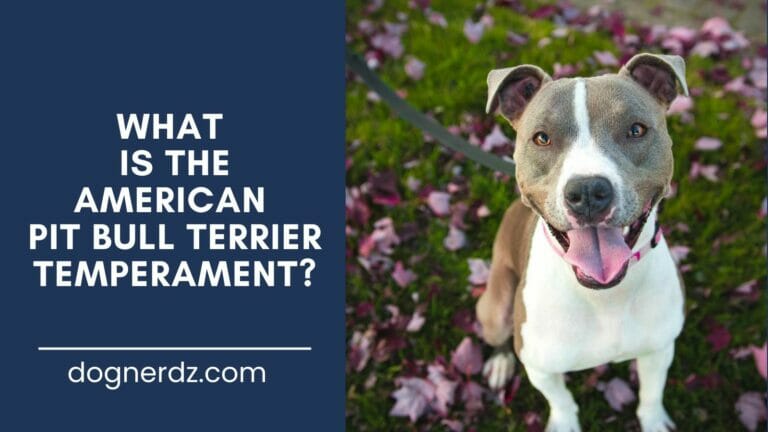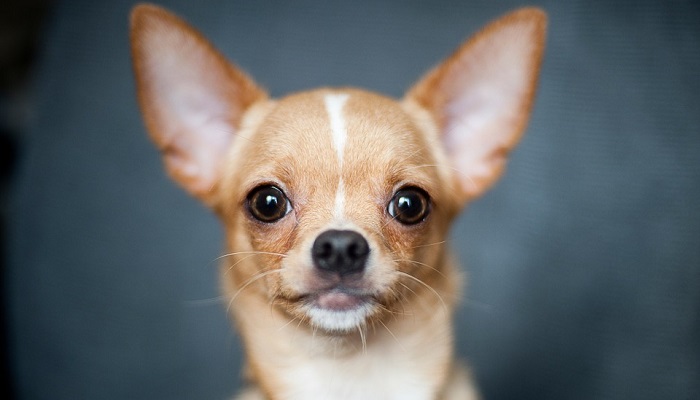All the Facts About Great Danes
Table of Contents
Great Danes are a large breed of dog that can be extremely loving, affectionate, and alert. They are a true gem and should be cherished for the sweet souls they are. When I think of a Great Dane, I immediately know of Scooby-Doo! The most famous Great Dane who showed the world how much of a man’s best friend these dogs really are!
What is a Great Dane?
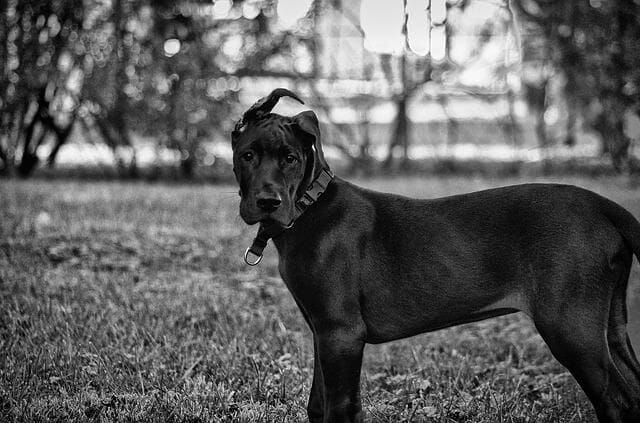
The origin of the Great Dane is a bit of a mystery. Many people feel that the Great Dane was in fact a pure breed that is not a mastiff. Other people say that a Great Dane is a descendant of various breeds, and while it is not confirmed, many experts agree that they are a mixed breed with English Mastiff and Irish Wolfhound. Both of these breeds are quite large.
English Mastiffs are a large dog breed that is affectionate and caring. They are dense and intimidating at first glance but are nothing but big babies when it comes to their families. English mastiffs are great pets to have and are very adaptable.
Irish Wolfhounds are known for hunting wolves and their enormous size. These dogs are great for families as long as they are socialized from a young age and they make great pets. Irish Wolfhounds are muscular and brave, with the ability and need to protect. They are also affectionate and trainable.
While the exact bloodline of Great Danes is unknown and quite controversial, the AKC recognizes them as a breed of their own.
Where Did Great Danes Originate From?
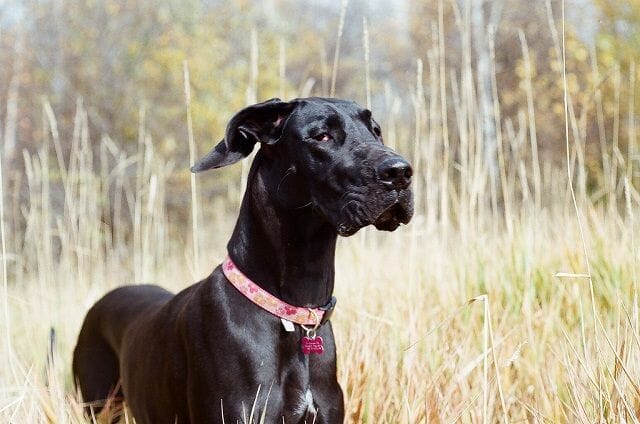
Great Danes are known to have originated in Germany. Many people think they are Danish, but this is a myth. Great Danes have been around for over four centuries, and they were prestigious guard dogs that helped protect large estates. In Germany, they were called, Deutsche Dogge, which translates to German Mastiff.
What Were Great Danes Bred for?
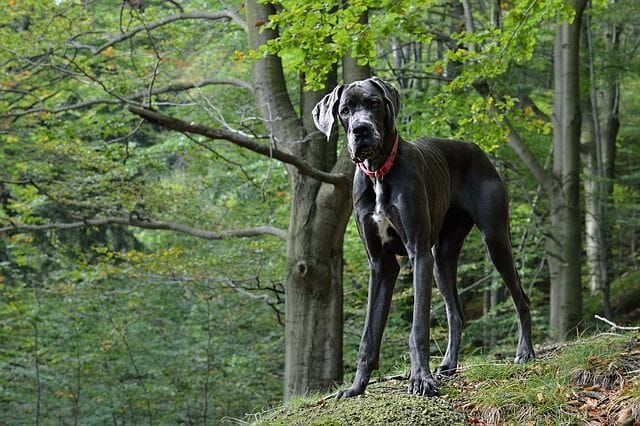
Originally Great Danes were bred for hunting wild boars by German nobles. Many people would use them for sport. They would hunt the wild boars, unlike any other dogs due to their massive size and ability. Soon they were wanted by wealthy people to help them protect their homes, carriages, and families.
What Does a Great Dane Look Like?
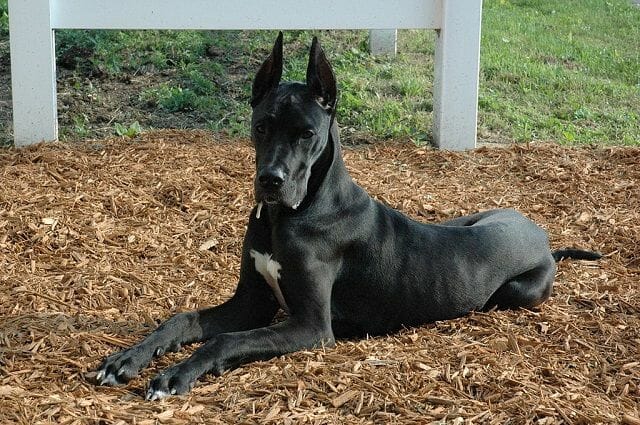
Great Danes have a smooth and silky coat that is short and doesn’t require excessive trips to a groomer. Their coat lies close to their bodies which helps them appear slim and trim. Great Danes have a single coat that sheds at a moderate rate, so running a brush through their coat or bathing them once a week should help reduce the amount of fur around the house. Especially during the summer months when it is hotter and more humid.
Great Danes come in a wide variety of colors and patterns! They can be black, white, blue, brindle, fawn, silver, Merle, mantle, or a combination of a few. They can also have different colored faces, such as black or white masks. My favorite Great Dane color is white with black spots, these pups remind me of a giant Dalmatian! This coat coloration of white and black is referred to as harlequin.
Many Great Danes have droopy eyelids, which can cause them to look sad or possibly sick. Their droopy eyelids are caused by a condition known as ectropion. Ectropion is caused by loose skin around the face that is easily relaxed. It is a hereditary condition that is quite common in Great Danes.
Great Danes have long flowing tails that wag rapidly when they are excited. Their tail follows their spine and should be flat and sleek like their coat. Some Great Danes have a loop or curve at the end of their tail which resembles a candy cane.
Great Danes have long floppy ears that help them show emotion as well. Their ears raise up when they are excited and drop down when they are sad. Many breeders and dog owners choose to crop their Great Dane’s ears to give them a less friendly look and to help with them getting their ears caught or split on something.
Their snout or muzzle is square and wide, it should be proportionate with their body and be bold and intimidating. Their noses come in a range of colors, just like their bodies! A Great Dane’s nose can be black, blue-black, pink, split, or spotted.
How Big Does a Full-Grown Great Dane Get?
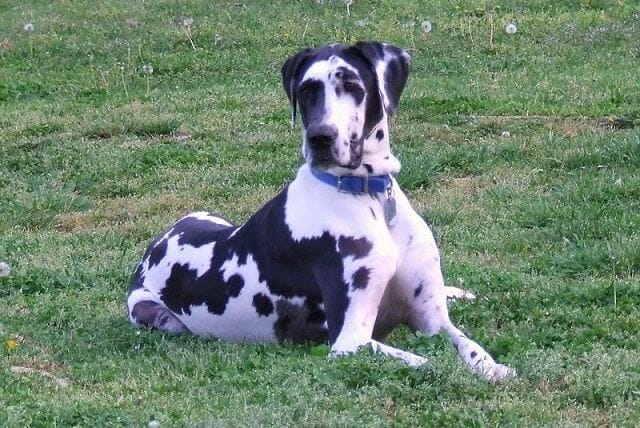
A full-grown male Great Dane stands at about 34 to 36 inches tall and can weigh over 200 pounds. A full-grown female Great Dane stands at about 28 to 30 inches tall and can weigh around 150 pounds. Males are quite larger than females and they reach full maturity at about 2 years of age.
Different Types of Great Dane
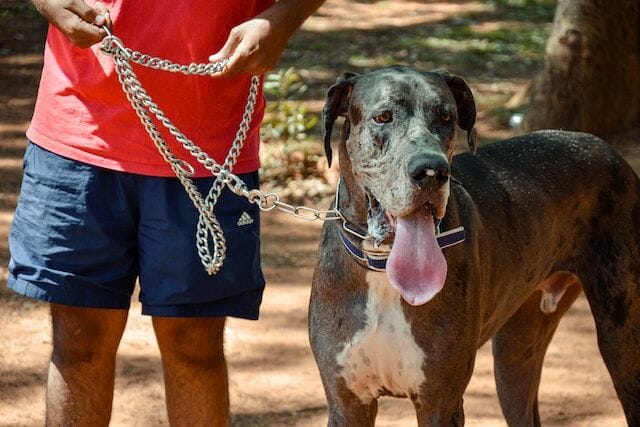
The variations of Great Danes are one that is more based on preference than breeding. Some people categorize the Great Danes into two groups: American Great Danes and European Great Danes. While technically these two are the same exact breed, they are different in terms of weight, temperament, and training ability.
Both types of Great Dane have large, lean bodies with sleek coats and square muzzles. But they have many noticeable differences as well. Below we will show a comparison of each dog.
American Great Dane
- More Athletic
- High-strung
- Weighs less
- Easy to train
- Longer life span
- Slimmer neck
- Slimmer body
- Tighter skin
European Great Dane
- Calmer
- Relaxed
- Weight more
- Needs more consistent training
- Shorter life span
- Longer neck
- Wider body
- Looser skin
It is believed that European Great Danes were brought to America and they were bred with greyhounds which gave them different characteristics such as a leaner body and tighter skin, although this is debatable.
How to Take Care of a Great Dane
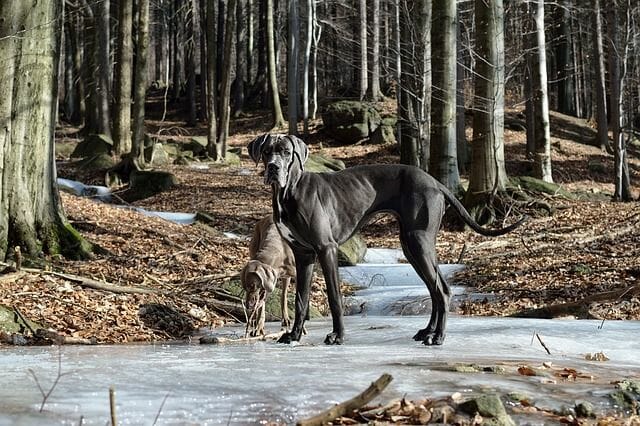
Great Danes require proper handling and care. Adopting a Great Dane is not an easy decision and should not be taken lightly. They need exercise, ample space, and a proper diet to remain healthy.
Exercise
Great Danes need a minimum of one hour of exercise per day to keep them agile and healthy. Many people like to keep their Great Dane active for 2 hours or more per day, broken up throughout the day. Examples of activities that help keep your Great Dane active are walking, off-leash playtime in the back yard or dog park, swimming, and fetch. Remember, if you are walking your Great Dane, your pace could be causing them to be walking too slow. Try to speed your pace to a jog or slow run to help your Great Dane walk at a good pace.
Grooming
Even though Great Danes only have a single coat of smooth fur, they still shed a moderate amount. You should bathe and brush your Great Dane at least once per month depending on their activity level and time spent outdoors. Weekly bathing can help reduce shedding and keep their skin and coat fresh and clean.
Diet
A Great Dane is a large breed of dog, weighing as much or more than a full-grown adult. They require a lot of food and a precise feeding schedule to help them maintain a healthy size and weight.
A full-grown Great Dane should eat at least twice per day, three times being ideal. Great Danes require about 3 to 4 cups of food per feeding, or between 8 to 11 cups per day. Great Danes require high-calorie food to help keep them satiated and full. Look for dog food that contains at least 400 calories per cup.
Common Food Allergies
Great Danes are prone to having stomach issues such as bloating and gas. These issues are often brought on due to an allergic reaction from certain ingredients in their food such as wheat, chicken, and soy.
Are Great Danes Easy to Train?
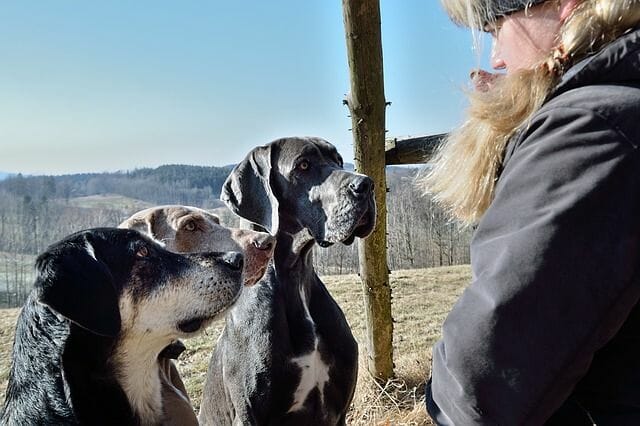
Great Danes are very easy to train as long as they have the proper and necessary room needed to be trained. Some Great Danes need a consistent training regimen even after they have been trained to help keep them in line. They also may need to respect you and see that you are trustworthy.
Are they Easy to Potty Train?
Great Danes are very easy to potty train. They generally pick up on this much-needed skill early on with the right amount of consistency. It will likely take you only a short time for your Great Dane to understand the concept of using the bathroom outside.
What is the Great Dane Temperament?
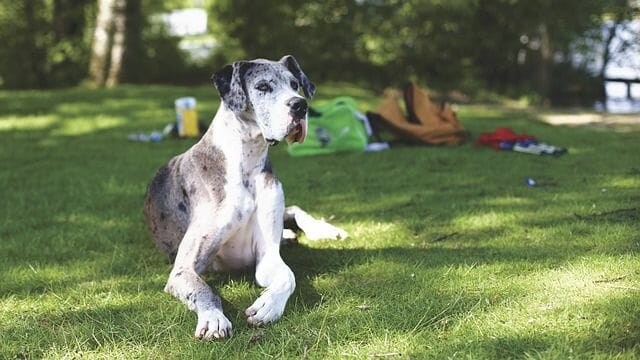
The temperament of a Great Dane is mild and friendly. They are very confident and devoted dogs who love their families. Great Danes will be loyal and protective of what they see as theirs but are typically not too aggressive. They earn their name as being a gentle giant.
Does this breed do well with children?
Great Danes are very protective of their families, this includes the children of the household. They love playing with kids and are extremely gentle, a big, cuddly baby, you could say. There are many videos on YouTube of Great Danes snuggling with small children and keeping watch over them.
Does it do well with other pets?
Great Danes who are socialized from a young age do very well with other pets. A Great Dane who has not been socialized may take a little time to come around and act reserved at first. They can show signs of aggression or stubbornness towards new animals. It is best to take your time when introducing them and teach them the right way to play and act.
Are Great Danes aggressive?
Generally, Great Danes are not an aggressive dog breed. But, they can show signs of aggression toward new animals in the household, especially if they are not properly introduced. Great Danes can also be aggressive if they feel threatened or if their household is being threatened. They are a giant breed that can be just as aggressive as they look.
What Environment is Ideal for a Great Dane?
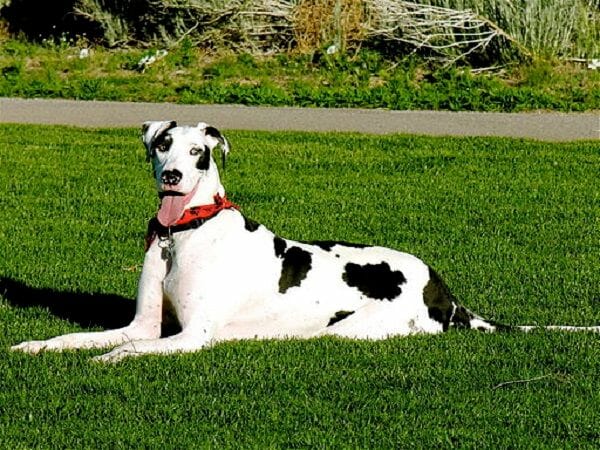
Great Danes are a giant breed of dog that weigh more than 100 pounds. They need ample space and exercise to stay healthy and happy. A Great Dane is not an ideal pet for apartment living or small homes. Just their tail alone can cause extensive damage to tables, TVs, and windows. For a Great Dane to be able to move around freely and happily they should have enough space to walk and trot without being crammed into a corner or jammed up in a small hallway.
City life isn’t ideal for Great Danes, unfortunately, many cities don’t offer the accommodations that a Great Dane requires. The housing is too small, there is limited outdoor space for exercise, and they feel too closed off. Ideally, someone who chooses to adopt a Great Dane should live somewhere that has open space for your dog and plenty of room for exercise, walks, and play.
Great Danes don’t love extreme weather, they don’t do well in extreme cold or extreme heat. These dogs love average temperatures with minimal fluctuations. Their single coat doesn’t protect them from snow, ice, and frigid temperatures. And their large size keeps them from adapting to super hot weather.
What is the Average Lifespan of a Great Dane
Unfortunately, Great Danes don’t have the longest life spans due to their large size and susceptibility to various diseases. The average lifespan of a Great Dane is between 6 and 10 years.
Great Dane Common Health Issues
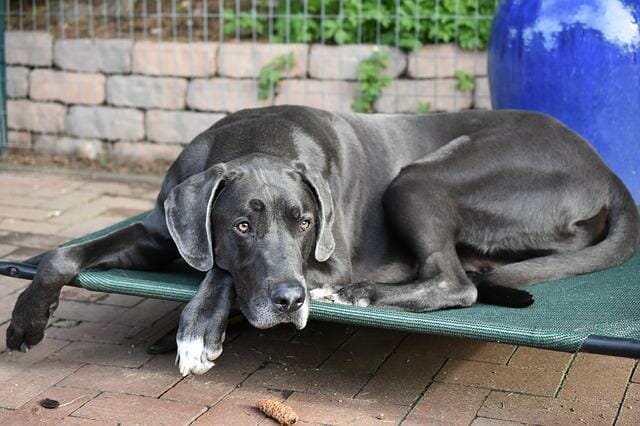
Great Danes have quite a few common health problems that plague the breed. Even with proper feeding, exercise, and sleep this breed is known to have the following ailments:
Gastric Dilatation-Volvulus
Gastric dilatation-volvulus or GDV is a medical condition that can be fatal if it is not treated in a timely manner. GDV is also referred to as a twisted stomach or bloat. A twisted stomach occurs when the stomach fills with gas, excess fluid, or food and shifts abnormally. The ‘twist’ of the stomach can then have immense pressure from the gastrointestinal upset and this causes a decrease in blood flow to their organs. Ultimately leading to death if not treated.
Cardiomyopathy
Cardiomyopathy is a type of heart disease that is more common in Great Danes. Cardiomyopathy occurs in the cardiac muscle and prevents blood from freely pumping through due to a decrease in pressure. It is thought that cardiomyopathy is caused by a genetic predisposition or excessive taurine exposure.
Hip Dysplasia
Many Great Danes experience hip dysplasia. Hip dysplasia is thought to be an inherited ailment, it is when the thigh bone is not in sync with the hip joint. It can cause issues with the dog’s gait and stride. Hip dysplasia is not painful for some dogs, but for some, it can cause pain and discomfort.
Osteoarthritis
Osteoarthritis is quite common in Great Danes due to its massive size. Osteoarthritis is a joint issue that causes a premature breakdown in the cartilage. Cartilage is the tissue that protects your bones from rubbing together. When the cartilage breaks down it causes pain, swelling, discomfort, and lameness.
Bone Cancer
Cancer is an unfortunate disease that many Great Danes get later on in life, especially bone cancer. Also known as osteosarcoma, bone cancer is aggressive cancer that causes tumors on the bone and must be treated quickly with amputation.
How Much Does a Great Dane Cost?

A Great Dane can cost different prices depending on whether you buy it from a breeder or adopt it from a shelter. A breeder will charge anywhere from $600 to $3,000 or more, adopting a Great Dane from a shelter will cost about $300. You must also factor in the cost of everything they need such as a kennel, medical procedures, microchip, food bowls, and vaccinations. This could add another $500 to your start up cost.
The initial cost of a Great Dane is not the only cost that you have to pay. Always remember, dogs need annual shots, food, new bedding, replaced collars as they grow, new leashes, fresh toys, yummy treats, and emergency vet appointments. The average monthly cost for a Great Dane is about $200.
Other Similar Dog Breeds
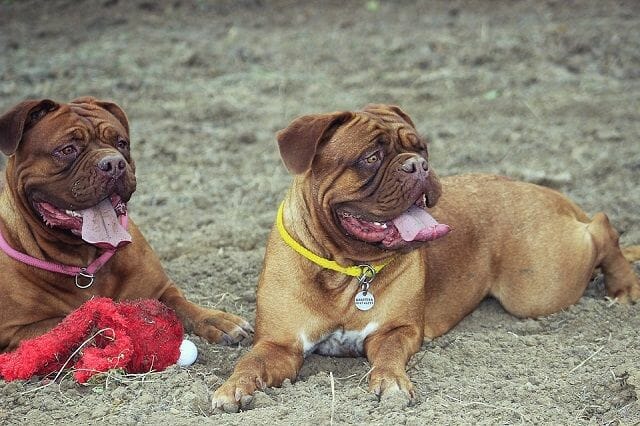
Here are a few dog breeds that are similar in size to a Great Dane. See how they compare to a Great Dane and in which ways they are different.
English Mastiffs
English Mastiffs are loving, friendly, and affectionate, similar to Great Danes. They both have large bodies and can weigh over 100 pounds when fully grown. English Mastiffs are less energetic and tend to be harder to train because of their aloof personalities.
Greyhounds
Greyhounds are a large breed of god, but not nearly as large as a Great Dane. Greyhounds are only about 80 pounds when full grown which is almost half of a Great Dane. Greyhounds are not much of a guard dog and tend to be very social and alert. Unlike Great Danes, greyhounds have relatively low energy levels. Greyhounds have a longer lifespan than Great Danes, living to be 12 to 14 years of age.
Cane Corso
A Cane Corso is a large dog, but not as large as a Great Dane. A Cane Corso weighs about 100 to 110 pounds when fully grown which is not quite the giant that a Great Dane can be. The Cane Corso has moderate to high energy levels that don’t quite match the Great Danes. They are easier to train and very loyal. Cane Corsos have a life span of 10 to 11 years and are less susceptible to life-threatening illnesses.
Finding the Right Breeder
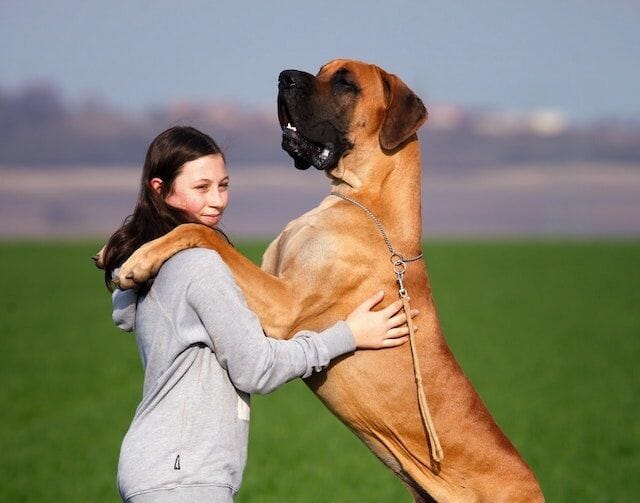
If you are looking to buy a Great Dane from a breeder, be sure they are reputable and trustworthy. Not all breeders are equally qualified and some may actually sell you a less than a healthy dog, or one that isn’t a Great Dane at all. Always be sure to check out the breeder’s qualifications and follow the tips below.
Tip 1. Meet with the breeder
You can tell a lot about a person by meeting them in person and getting a feel for them. Have them show you which dogs they breed, where they live, and how they interact with them. This will show you how good they are with their dogs, which can speak a lot about them as a breeder.
Tip 2. Get a full medical history
Don’t be afraid to dig deeper into the medical history of both parents, previous litters, and the puppy that you are going to purchase. The last thing you want is a puppy who has an incurable illness or is on the verge of death.
Tip 3. Ask for pedigree documentation
If you are serious about buying a puppy from a breeder let them know that you want their ‘papers’ or pedigree documentation. A reputable breeder will not hesitate to hand over these documents that verify your puppy’s date of birth, and who their parents are. It is basically a dog registration. This registration certificate will tell you more details about the parents such as the day and date they were born.
Avoid any breeder who will not meet in person with you or allow you to see and meet the parents of the puppy. Puppy mills are a big business that keeps poor dogs locked in small cages, forcing them to populate without giving them a fair chance at life. Do not buy from a puppy mill!
Is a Great Dane the Right Dog for You?
You may be curious if a Great Dane is a right dog for you, and while I believe a Great Dane is a great dog for anyone, the truth is that they require a lot of space, time, and food. If you don’t have the requirements for such a large breed, they may not be the best choice of dog for you at this time. But, once you have the needed space, available time, and ability to pay for their needs, this can be a great dog for you and your family.

